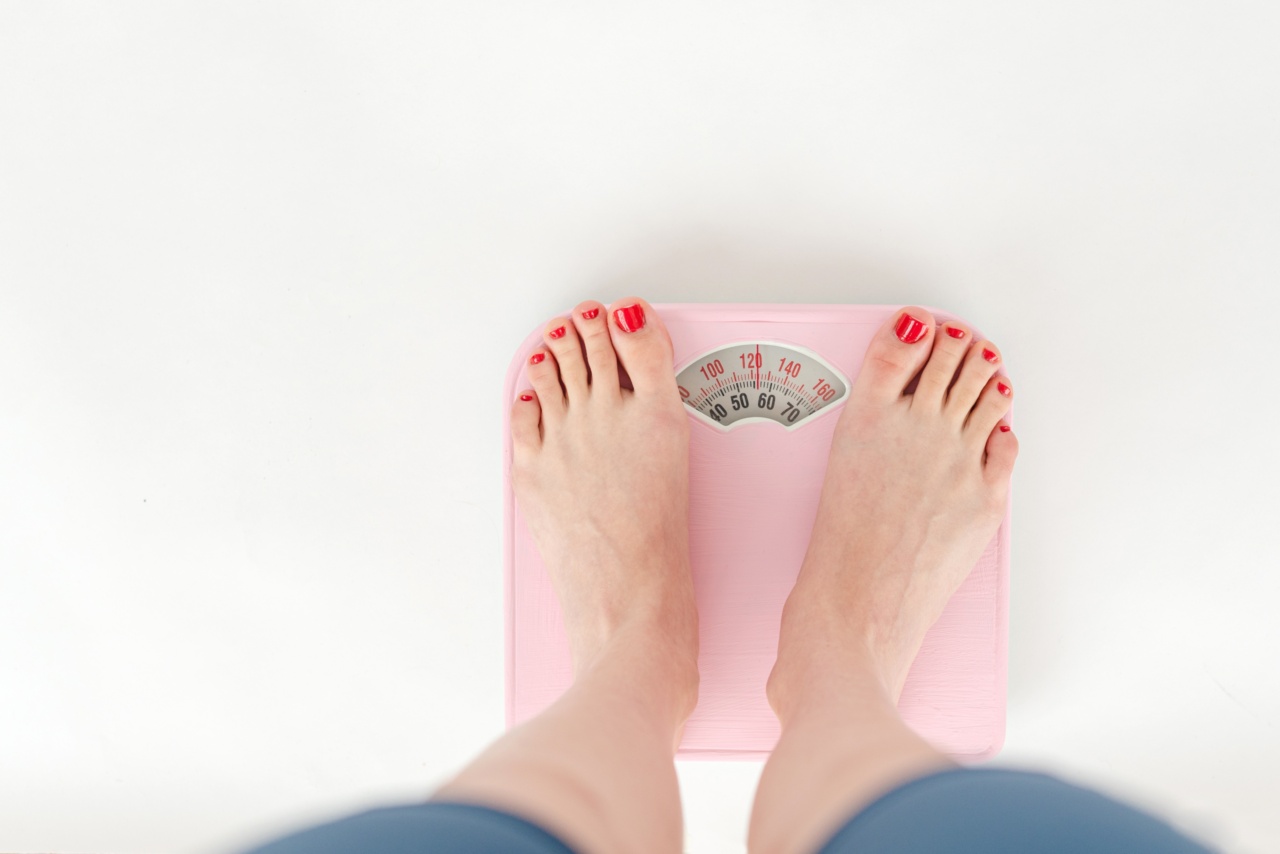Bronchoscopy is a medical procedure that allows a doctor to examine the inside of a patient’s airway. It is a common diagnostic tool, used to identify and treat a variety of respiratory conditions, ranging from chronic cough to lung cancer.
During a bronchoscopy, the doctor inserts a thin, flexible tube called a bronchoscope into the patient’s nose or mouth and down into the lungs. The bronchoscope contains a camera and a light, which allow the doctor to see the inside of the airways and take tissue samples for analysis.
Preparation for Bronchoscopy
Before a bronchoscopy, the patient is usually asked to avoid eating or drinking for several hours. The doctor may also want to perform a chest X-ray or other imaging tests to get a better look at the lungs.
Some patients may be given a sedative to help them relax during the procedure.
The Bronchoscopy Procedure
During a bronchoscopy, the patient is typically seated or lying on their side. The doctor will then insert the bronchoscope through the nose or mouth and down into the airways.
The procedure is usually done under local anesthesia, which numbs the throat and minimizes discomfort.
As the bronchoscope is inserted, the doctor will use it to examine the inside of the airway. They may also use it to take a biopsy, which involves removing a small sample of tissue for analysis.
The biopsy sample is then sent to a laboratory for analysis to look for cancer cells, infection, or other abnormalities.
Types of Bronchoscopy
There are two main types of bronchoscopy: flexible and rigid.
Flexible Bronchoscopy
Flexible bronchoscopy is the most common type of bronchoscopy. During a flexible bronchoscopy, the doctor uses a thin, flexible bronchoscope to examine and take samples from the airways.
This type of bronchoscopy tends to be less uncomfortable than rigid bronchoscopy and allows for a more detailed view of the airways.
Rigid Bronchoscopy
Rigid bronchoscopy involves the use of a more substantial, rigid bronchoscope.
This type of bronchoscopy may be necessary when the doctor needs to perform more extensive procedures inside the airways, such as removing a foreign object or treating large tumors. Rigid bronchoscopy may be more uncomfortable than flexible bronchoscopy, but it can also be more effective in certain cases.
Risks and Side Effects
While bronchoscopy is generally considered a safe procedure, there is a risk of complications. These can include:.
- Bleeding from the biopsy site
- Infection
- Pneumothorax (collapsed lung)
After the procedure, the patient may experience throat irritation or coughing up blood. These side effects are typically mild and should go away within a few days.
When is Bronchoscopy Necessary?
Bronchoscopy may be necessary when other diagnostic tests have failed to identify the cause of a respiratory problem. It may also be used to assess the progress of a previously diagnosed respiratory condition or to identify and treat lung cancer.
Some common reasons for bronchoscopy include:.
- Chronic cough
- Wheezing or shortness of breath
- Breathing difficulties
- Blood in the sputum
- Abnormal chest X-ray or other imaging tests
- Lung cancer
Conclusion
Bronchoscopy is a common diagnostic tool used to examine the inside of a patient’s airway. It is typically performed with a flexible or rigid bronchoscope, which allows the doctor to view the airways and take tissue samples for analysis.
While there is a risk of complications, bronchoscopy is generally considered a safe procedure. It may be used to identify and treat a variety of respiratory conditions, ranging from chronic cough to lung cancer.



























